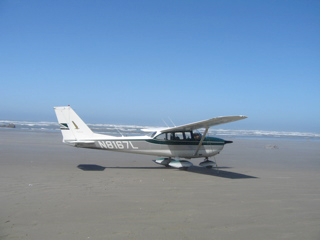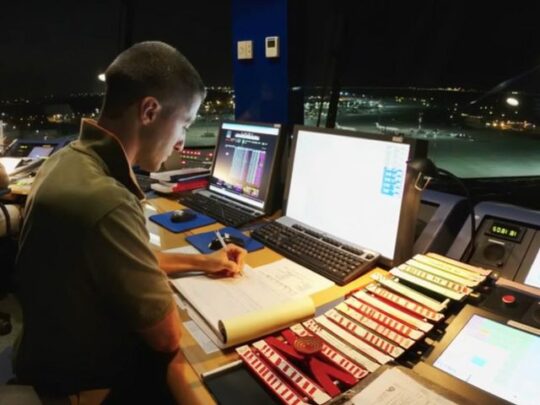Subscriber question:
"I practice emergencies, but that's not the same as the real thing. How do I keep from panicking if I have a real emergency?" — Gwendolynn C.
Penny:
 “We feel panic when something goes wrong because stressful situations activate our sympathetic nervous systems. This results in a fight-or-flight response: Our hearts race, our palms sweat, and we feel shaky or like we are losing control. Most people either hold their breath or hyperventilate. While this sympathetic storm helps when quick action is needed—like escaping a burning aircraft—it works against us during in-flight emergencies. It keeps us from staying calm and maintaining safe flight.
“We feel panic when something goes wrong because stressful situations activate our sympathetic nervous systems. This results in a fight-or-flight response: Our hearts race, our palms sweat, and we feel shaky or like we are losing control. Most people either hold their breath or hyperventilate. While this sympathetic storm helps when quick action is needed—like escaping a burning aircraft—it works against us during in-flight emergencies. It keeps us from staying calm and maintaining safe flight.
The next time you practice emergencies, add this step before your usual checklists and procedures. Start with a long exhale through your mouth. Then, inhale deeply through your nose and exhale through your mouth again, while firmly saying the word ‘focus.’ Now follow your memorized action items and checklists. Do this every time you practice and it will become part of your standard operating procedure. We fly how we train.
In most actual emergencies, the few seconds it takes to exhale and focus won’t create undue risk—but it will help keep you from panicking. Even in situations where you don’t have time to cycle a breath before acting, the fact that you practiced emergencies this way will help you remain calm and focused.”
Has anxiety, fear, or even panic, ever interfered with your handling an aircraft emergency?

